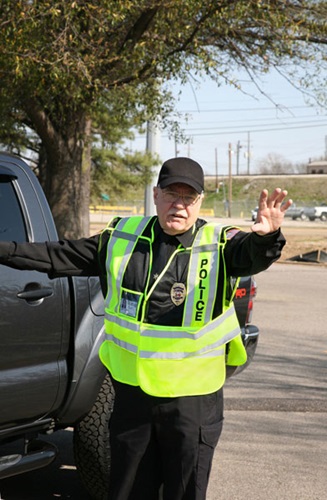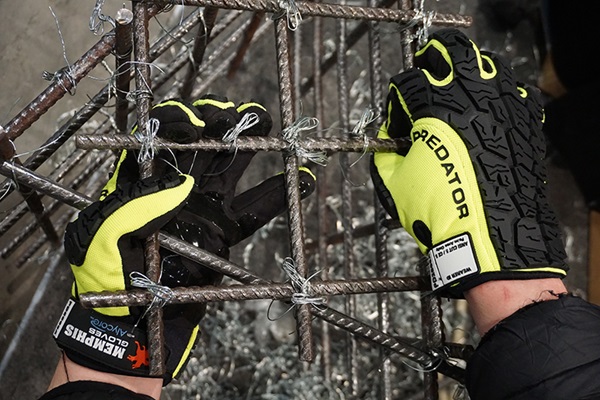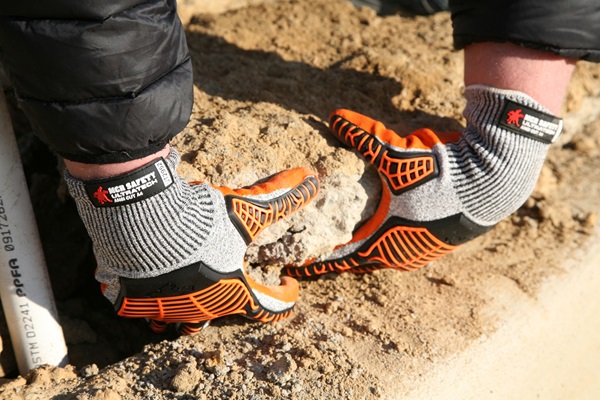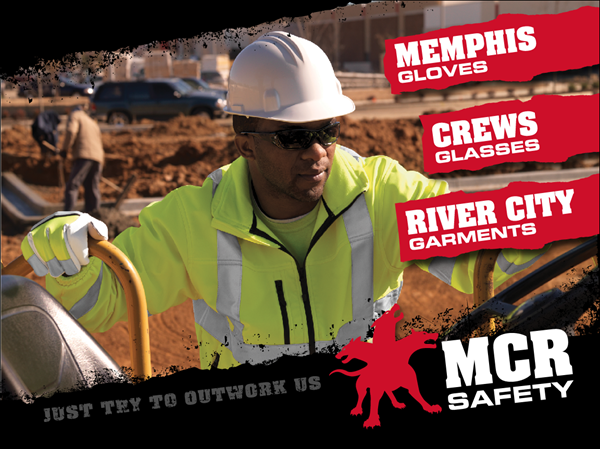ANSI/ISEA 107 High Visibility Standard Update

The American National Standard for High-Visibility Safety Apparel and Accessories was recently updated from the ANSI/ISEA 107-2010 version to the 107-2015 version. It is a consensus standard that specifies requirements for apparel and accessories worn by workers to visually signal their presence. It was developed by the International Safety Equipment Association (ISEA) and first published in 1999. Since then, the standard has been recognized and compliance mandated by federal, state and local authorities as well as private industry entities. Today, the U.S. Department of Transportation’s Federal Highway Administration (FHWA) requires nearly all workers in or near a highway right-of-way to wear garments that comply with the standard.
What is new in the 2015 edition of the standard? ANSI/ISEA 107-2015 consolidates the requirements of ANSI/ISEA 107-2010 American National Standard for High-Visibility Safety Apparel and Headwear and ANSI/ISEA 207-2011 American National Standard for High-Visibility Public Safety Vests into a single, comprehensive document for all occupational tasks. While the standard maintains the familiar Performance Classes 1, 2 and 3 from previous versions, the 2015 edition establishes three HVSA types based on the expected use environments and work activities being performed. Responding to user concerns, the 2015 standard makes allowance for garments sized to fit smaller workers, and adds specifications for accessories such as gloves and armbands.
Like the previous editions of ANSI/ISEA 107, the standard classifies HVSA as Performance Class 1, 2 or 3, depending on the amount of visible background and retroreflective material. These Performance Classes give users a way to specify HVSA that is appropriate for the work environment and hazards. The 2015 edition also establishes three types of garments:
-
Type O (off-road), for non-roadway use, where workers are not exposed to high traffic or temporary control zones. Type O HVSA is Performance Class 1.
-
Type R (roadway), for use where workers are exposed to traffic from public access highway rights-of-way or roadway temporary control zones. Type R HVSA may be Performance Class 2 or 3.
-
Type P (public safety) for emergency and incident responders and law enforcement personnel who are exposed to struck-by hazards in roadway or off-road work environments. These garments provide additional options addressing competing hazards or the need for access to special equipment. Type P HVSA may be Performance Class 2 or 3.
How does the 2015 standard accommodate smaller workers? Recognizing that wearing oversized garments may compromise safety, the standard allows a reduced area of visible background material for the smallest size garment offered in Type R, Performance Class 2 or 3. For example, the smallest Performance Class 2 HVSA may use a minimum of 540 sq. in. of background material, while the requirement for all other sizes is 775 sq. in. Type P garments have a smaller minimum material requirement, but they are designed for use by public safety workers.
What makes ANSI/ISEA 107 HVSA flame resistant? How can I tell? Manufacturers have the option to have HVSA evaluated for flame resistance and labeled accordingly. The standard cites four ASTM and two NFPA standards or test methods as suitable for verifying flame resistance. The ANSI/ISEA 107 label must either show the standard used for FR testing or state that the garment is not flame resistant. Garments tested using NFPA 1977 or 2112 require a separate label indicating certification to the NFPA standard. NFPA 701 and ASTM D6413 are not recognized by ANSI/ISEA 107 as flame resistant standards for HVSA.
What happened to ANSI/ISEA 207? The American National Standard for Public Safety Vests, ANSI/ISEA 207, was developed in response to requests from the public safety sector for a standard for HVSA used by emergency and incident responders and law enforcement personnel. The standard’s requirements differed somewhat from ANSI/ISEA 107 to accommodate tactical and identification needs, recognizing that these garments were not intended for general occupational use. The requirements of that standard have been incorporated into ANSI/ISEA 107-2015 as Type P, with a new Performance Class 3 to expand the types of public safety HVSA available.
The chart below highlights the differences between the 2010 and 2015 versions of the standard by comparing the required amounts of background materials and retro-reflective materials.


